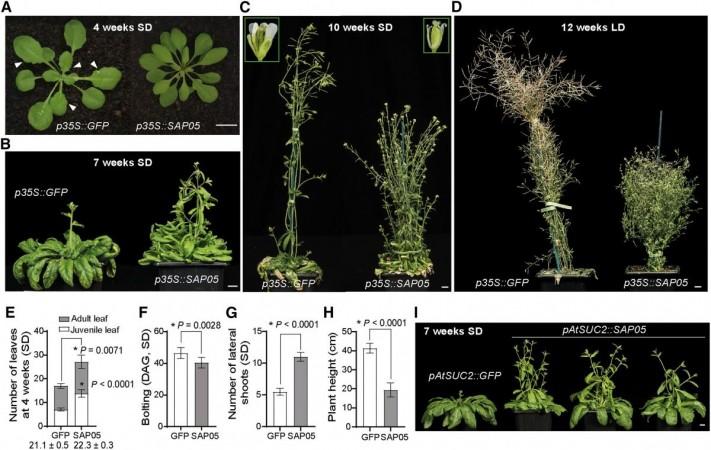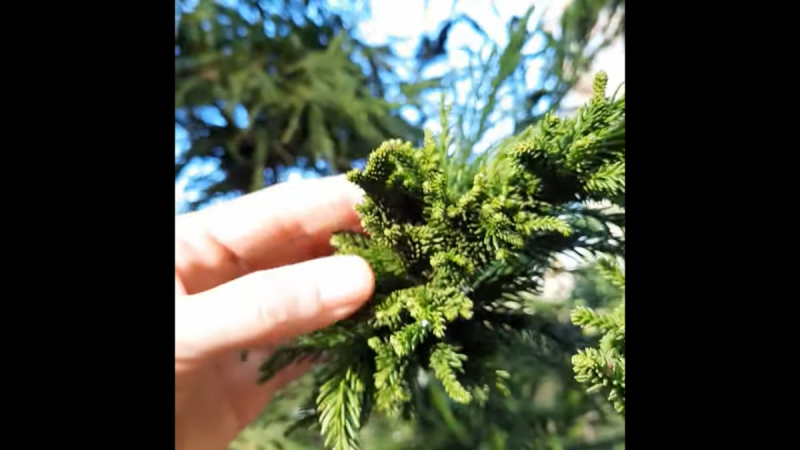A new study published in a journal has revealed a Phytoplasma bacterium-produced manipulation chemical capable of hijacking plant development. When this protein is present inside a plant, it triggers the breakdown of essential growth regulators, resulting in aberrant growth.
According to researchers at the John Innes Centre's Hogenhout group and its collaborators, this research may help further protect disease-prone food crops. This discovery has the potential to be a game-changer, given little is known about how the protein affects plants on a molecular and structural level.

Findings of research
The discoveries demonstrate how the SAP05 bacterial protein manipulates plants by exploiting part of the host's molecular machinery. The scientists elucidated the significance of SAP05 in depth using genetic and biochemical investigations on the model plant Arabidopsis thaliana.
Typically, proteins targeted for degradation by the proteasome are pre-tagged with a molecule called ubiquitin, but this is not the case here. SAP05 subverts this mechanism by depositing critical plant proteins in a molecular recycling facility. As a result, the plant's proteins begin to favour the bacteria, and the plant's growth is halted.
Professor Saskia Hogenhout, the corresponding author of the team's Cell research, said, "Phytoplasmas are a magnificent illustration of how genes can reach beyond organisms to affect surrounding surroundings. Our discoveries shed light on a molecular mechanism that could assist solve a vital food production issue. We highlight a viable technique for designing plants to resist phytoplasmas."
A team was curious to discover if the protein SAP05, which attacks plant proteins, can also affect insects that transport bacteria from plant to plant. They found that by replacing two amino acids in plant proteins with those in insect proteins, SAP05 cannot digest them and stops the formation of the witches' broom.

Previous studies done
Phytoplasma infections first appeared approximately 1,000 years ago.
According to a recently published paper, an insect-transmitted phytoplasma known as Witches' Broom Disease of Lime (WBDL) is to blame for numerous countries' precipitous declines in lime production. However, the mechanism by which WBDL phytoplasma (WBDLp) generates witches' broom symptoms is unknown, as is the extent to which these symptoms lead to phytoplasma transmission.
Another study, published in the Journal of Bacteriology, examines how Phytoplasmas adapt to the various environments of their insect and plant hosts. According to the report, Candidatus Phytoplasmas cause illness in hundreds of commercially significant plants and are spread by sap-feeding insects of the order Hemiptera, primarily leafhoppers and psyllids.
The study indicated that the repetitive DNAs are clustered into huge groups of potential mobile units (PMUs), each of which contains tra5 insertion sequences (ISS) and genes encoding specialized sigma factors and membrane proteins

















